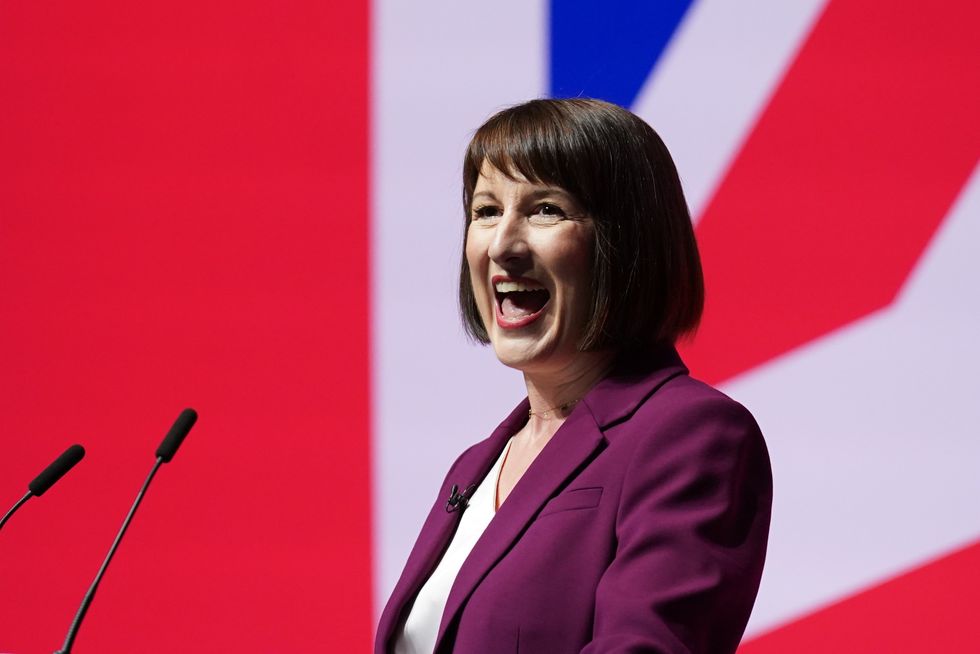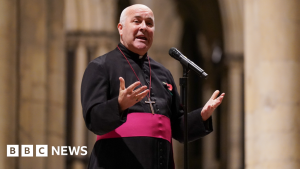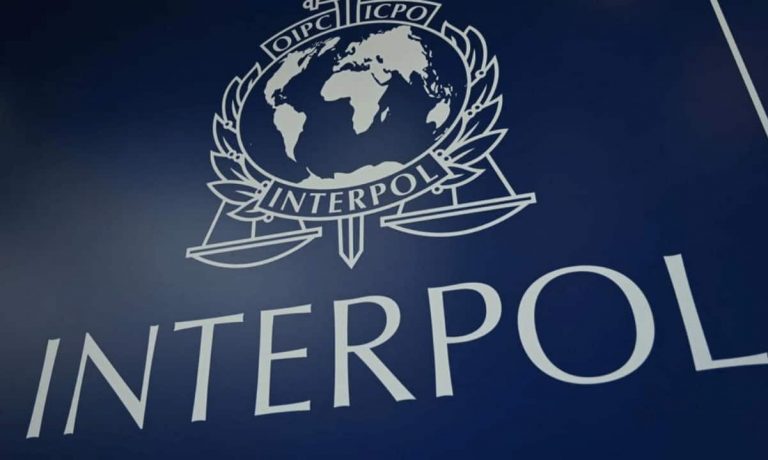Millions of UK adults aged 55 and over remain completely unaware of crucial changes to inheritance tax (IHT) rules that will affect their pensions, new research has revealed. Analysts are urging Britons to inform themselves of the HM Revenue and Customs (HMRC) reform which could see some households pay a 91 per cent charge.
A study by Canada Life found that 40 per cent of people in this age group, the equivalent to 8.5 million individuals, do not know about new rules coming into effect from April 2027 that will bring pensions into the scope of IHT.
The findings highlight a significant knowledge gap among older adults about changes that could have substantial implications for their estate planning and their beneficiaries’ inheritance.
These changes were announced in October’s Autumn Budget by Chancellor Rachel Reeves as part of wider reforms to the inheritance tax system. According to official data, the inheritance tax changes are expected to have a significant impact on the number of estates affected.
Based on Government estimates, almost one in ten estates (eight per cent) will be subject to IHT each year by 2030, nearly doubling the current number. These changes are projected to generate substantial revenue for the Treasury, with expectations of £1.46 billion by 2029/2030.
Do you have a money story you’d like to share? Get in touch by emailing money@gbnews.uk.

New research suggests millions of Britons are “unware” of changes to inheritance tax rules which will impact pensions
GETTY
The reforms represent one of the most substantial changes to inheritance tax rules in recent years, particularly affecting how pension assets are treated after death. Among those who are aware of the upcoming changes, many have already begun adjusting their financial strategies.
Research shows that 57 per cent of informed individuals plan to spend more of their savings in response to the new rules. A significant portion (41 per cent) are planning to increase their gifting to beneficiaries, while 38 per cent intend to withdraw lump sums from their pensions.
One in ten people (11 per cent) are even considering marriage as a way to pass wealth tax-free to their partner. These adaptations reflect growing awareness among some older adults about the need to adjust their financial planning ahead of the 2027 changes.
The data suggests that those who understand the new IHT implications are taking proactive steps to manage their wealth more effectively. The research also revealed widespread unfamiliarity with existing inheritance tax gifting rules among those aged 55 and over.

Rachel Reeves overhauled the inheritance tax regime during her Autumn Budget
PA
Approximately a third (36 per cent) of people in this age group are not aware of any current gifting rules that could help reduce inheritance tax. Nearly four in five (79 per cent) don’t know they can give gifts of up to £250 per person to multiple individuals without IHT implications.
A similar proportion (78 per cent) are unaware that financial gifts made from income for birthdays or Christmas are exempt from inheritance tax. Nearly (65 per cent) do not know that gifts between spouses or civil partners are tax-free.
The ‘Annual Exemption’ rule, allowing people to give away up to £3,000 yearly without inheritance tax implications, is unknown to 62 per cent of respondents. Some 91 per cent were unaware they could carry forward unused Annual Exemption to the following tax year.
Stacey Love, tax and estate planning specialist at Canada Life, said: “Despite the announcement in October’s Autumn Budget, our research reveals that 8.5 million adults 55 or over are completely unaware that pensions will be included in estates from April 2027, making them subject to inheritance tax.
“Fundamentally, it’s never too early to start considering what the implications may be for you and how you may be able to manage your inheritance tax bill during your lifetime such as through gifting or setting up a trust,” Love advised.
According to the estate planning specialist, anyone concerned about their tax liability should seek professional advice to assist with any retirement planning questions.
LATEST DEVELOPMENTS:

Britons are concerned about paying more tax following the Chancellor’s Budget
GETTY
Last month, chartered financial planner Pete Matthews warned that some estates could be slapped with a “triple whammy” inheritance tax charged at 91 per cent depending on circumstances. This will happen if someone adds their pension fund into their estate with the value crossing over the £2milion threshold.
IHT is charged at 40 per cent on estates valued above the £325,000 threshold. An extra residence-nil-rate-band (RNRB) is available to those who pass their primary property to their direct descendants at £175,000. Combined, this gives someone a tax-free inheritance tax allowance of £500,000.
If the value of your estate is over £2million, their RNRB is tapered. Currently, it is reduced by £1 for every £2 of your estate over £2million. A “triple whammy” IHT charge would apply to an individual paying the levy on their pension, non-pension money due to the tapered residence-nil-rate-band and beneficiaries paying income tax.
Matthew explained: “I have seen calculations where the notional tax rate on a pension fund is 89 per cent or 91 per cent in Scotland. One thing is certain, estate planning and lifetime planning is going to become much more nuanced and complicated.”


























+ There are no comments
Add yours